★★★★ AFURI - Tokyo
 AFURI is a trendy restaurant located near Ebisu station in Tokyo. The owner of AFURI is Nakamura-san, who has many other ramen stores in neighboring Kanagawa prefecture and is quite famous in the ramen circles there. This is his only store in Tokyo, after trying his ramen I wished he had more stores in this area. I tried AFURI's famous 塩ラーメン+鶏油 (salt ramen + chicken oil).
AFURI is a trendy restaurant located near Ebisu station in Tokyo. The owner of AFURI is Nakamura-san, who has many other ramen stores in neighboring Kanagawa prefecture and is quite famous in the ramen circles there. This is his only store in Tokyo, after trying his ramen I wished he had more stores in this area. I tried AFURI's famous 塩ラーメン+鶏油 (salt ramen + chicken oil).The Soup - is a blend of tonkotsu, chicken,and seafood stock. The chicken flavor dominates while the seafood adds most of the support. Most other places that blend a variety of soup stocks has a complex personality with the different flavors competing against eachother. AFURI's soup ingredients come together quite harmoniously.
 The Noodles - are thin straight noodles cooked quite firm. Suprisingly a good match with the sophisticated soup.
The Noodles - are thin straight noodles cooked quite firm. Suprisingly a good match with the sophisticated soup. The Toppings - you got to try the roasted pork here! The thick piece of the roasted pork is very tender and broiled slightly before being served, one of the best of any ramen I've had. The boiled vegetables and menma bamboo are a perfect match with the soup as well.
Overall - this is one of the best ramen in Tokyo. AFURI has really brought shio ramen (salt ramen) to a whole new level. If you are near Ebisu station in Tokyo it might well be worth a trip here. Come here with an empty stomach and maybe you can visit Miharu as well, two of the best new ramen places in Tokyo.
http://www.walkerplus.com/tokyo/gourmet/contents/tky_ra004.html

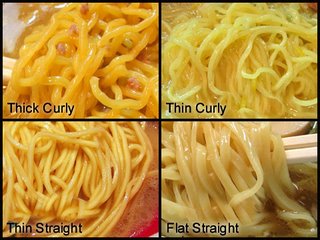
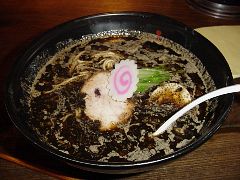
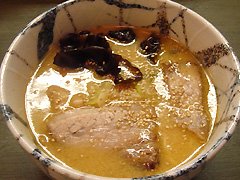
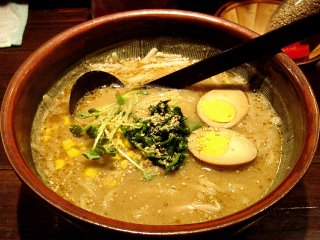
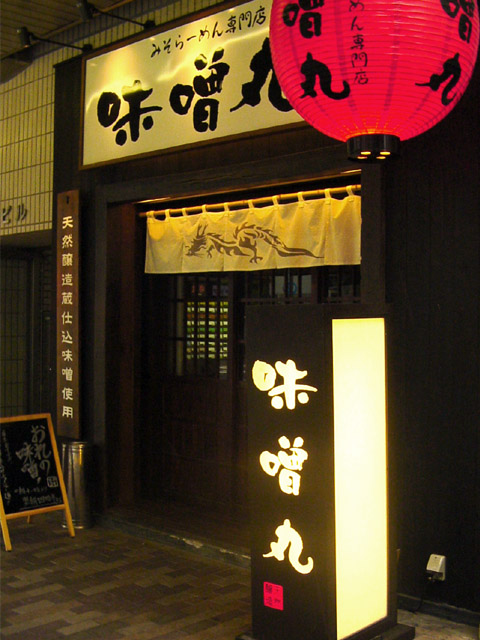



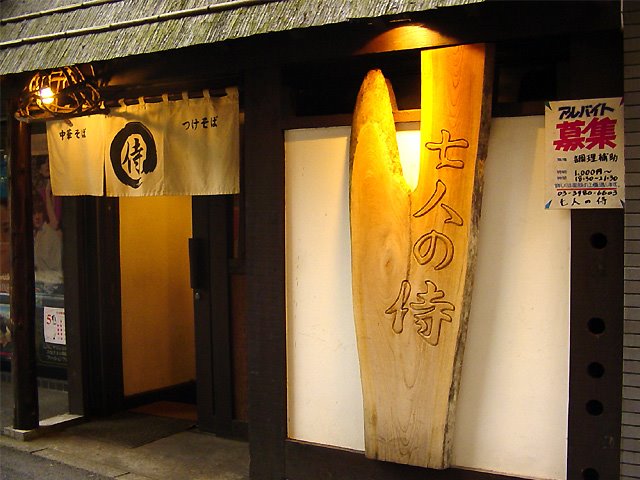


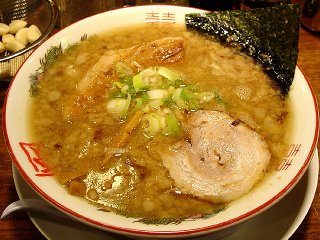
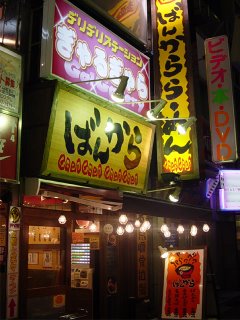


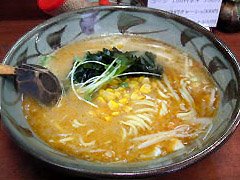

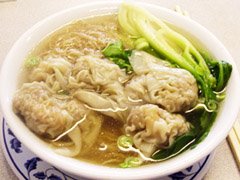




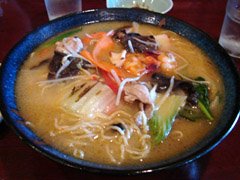

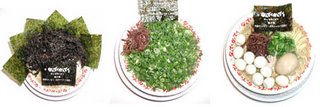



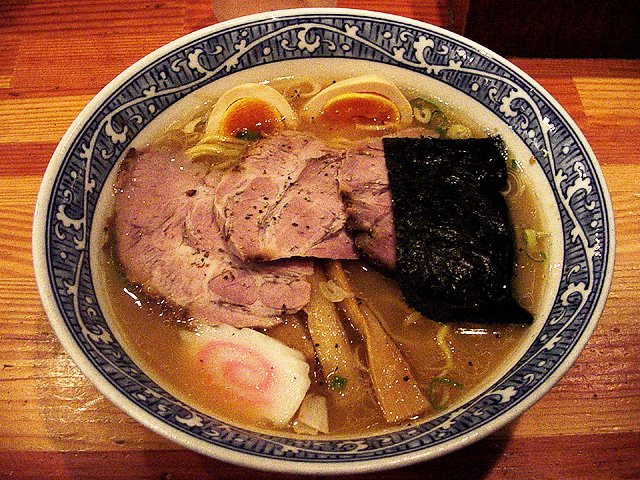 ★★★★ 青葉 (Aoba) - Tokyo
★★★★ 青葉 (Aoba) - Tokyo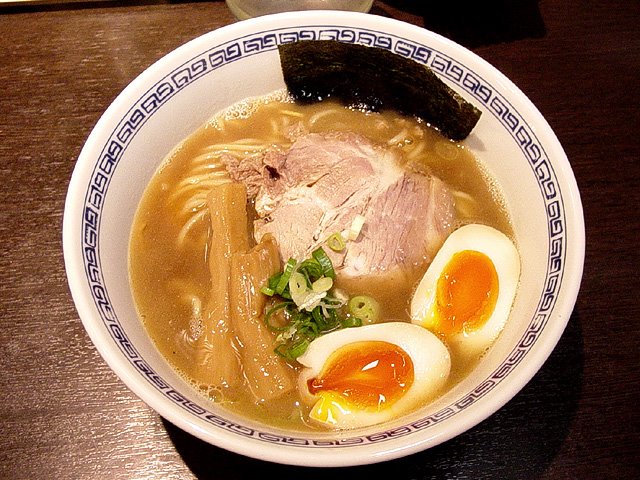 ★★★★ はやし (Hayashi) - Tokyo
★★★★ はやし (Hayashi) - Tokyo ★★ 渡なべ (Watanabe) - Tokyo
★★ 渡なべ (Watanabe) - Tokyo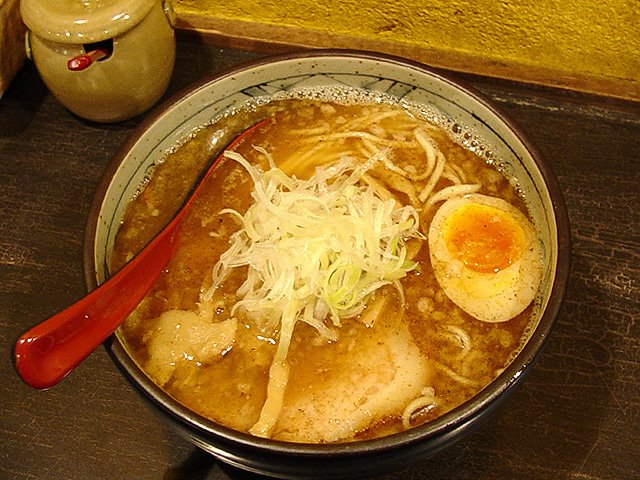
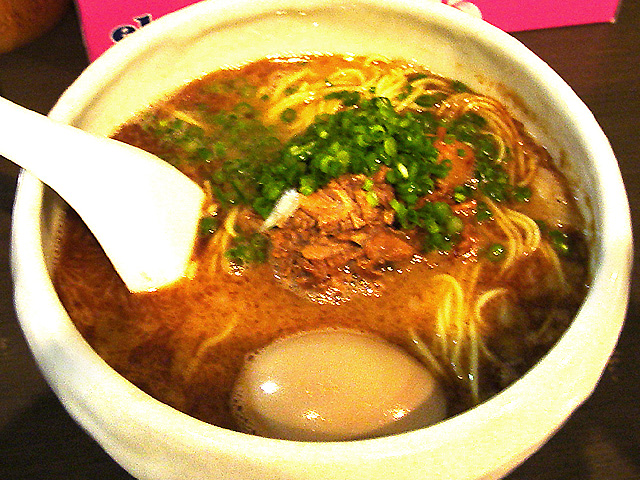
 ★★★ 麺屋蔵六 (Zou-roku) - Tokyo
★★★ 麺屋蔵六 (Zou-roku) - Tokyo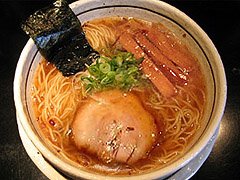 ★★★★ 地雷源 (Jiraigen) - Tokyo
★★★★ 地雷源 (Jiraigen) - Tokyo ★★★★ 麺場 七人の侍 (Seven Samurai) - Tokyo
★★★★ 麺場 七人の侍 (Seven Samurai) - Tokyo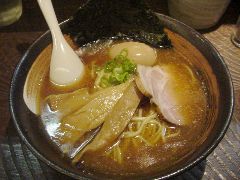
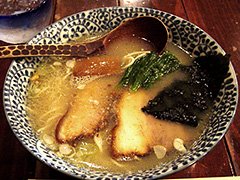 ★★★ 中華蕎麦 ぷかぷか (Puka-puka) - Tokyo
★★★ 中華蕎麦 ぷかぷか (Puka-puka) - Tokyo  ★★ ばんからら~めん (Bankara ramen) - Tokyo
★★ ばんからら~めん (Bankara ramen) - Tokyo ★★★ 野方ホープ軒 (Nogata Hope-ken) - Tokyo
★★★ 野方ホープ軒 (Nogata Hope-ken) - Tokyo ★★ ラーメン 二郎 (Ramen Jiro) - Tokyo
★★ ラーメン 二郎 (Ramen Jiro) - Tokyo ★★ らーめん 香月 (Kazuki) - Tokyo
★★ らーめん 香月 (Kazuki) - Tokyo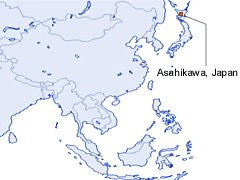
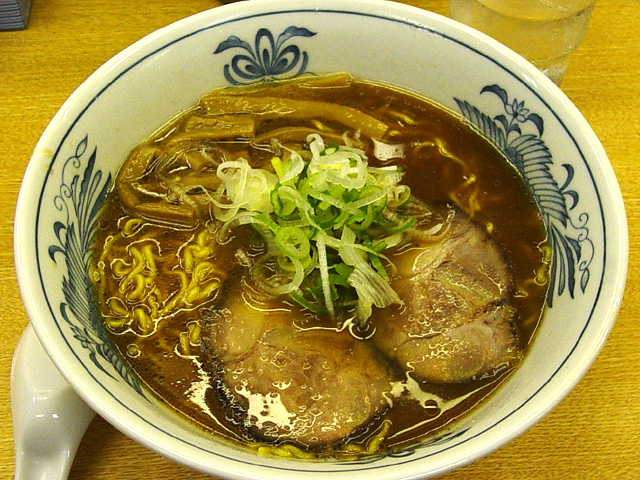
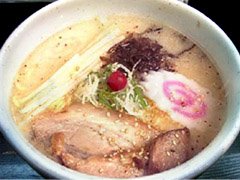
 ★★ 風来居 (Fuuraikyo) - Tokyo
★★ 風来居 (Fuuraikyo) - Tokyo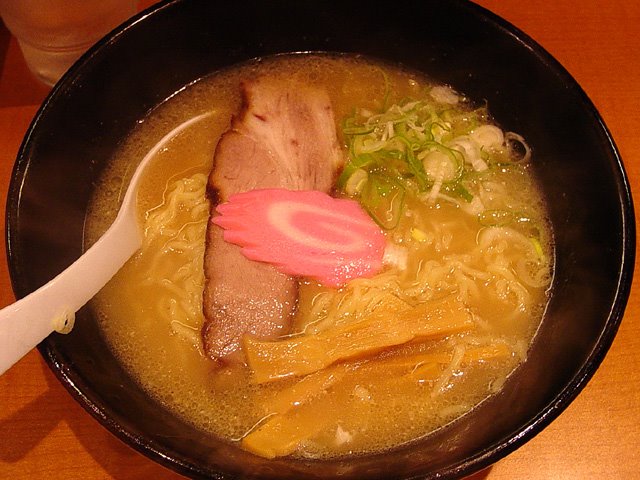 ★ 旭川 さいじょう (Saijo) - Tokyo
★ 旭川 さいじょう (Saijo) - Tokyo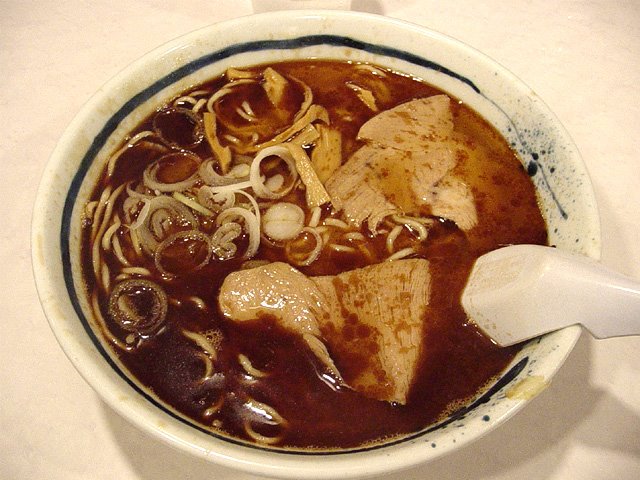 ★ 蜂屋 (Hachiya) - Shin Yokohama
★ 蜂屋 (Hachiya) - Shin Yokohama
